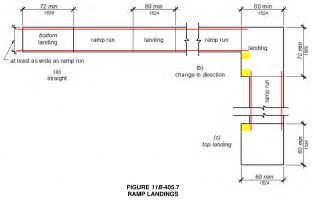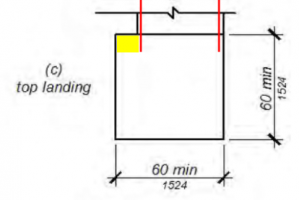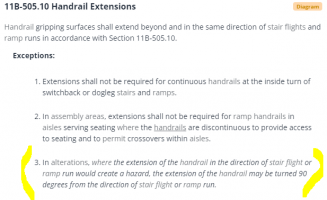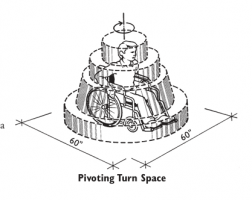Yikes
Gold Member
See the image below from CBC Fig 11B-405.7, where the state of California has required wider top and intermediate landings at ramps as compared to 2010 ADAS. 've shown the handrails in red.
11B-405.8 and 505 also require minimum 12" handrail extensions, which are really at least 15" when you bend the handrail for a return.
So does this inherently conflict with the wider landing requirement, creating inaccessible landing areas shown in yellow below?

11B-405.8 and 505 also require minimum 12" handrail extensions, which are really at least 15" when you bend the handrail for a return.
So does this inherently conflict with the wider landing requirement, creating inaccessible landing areas shown in yellow below?




